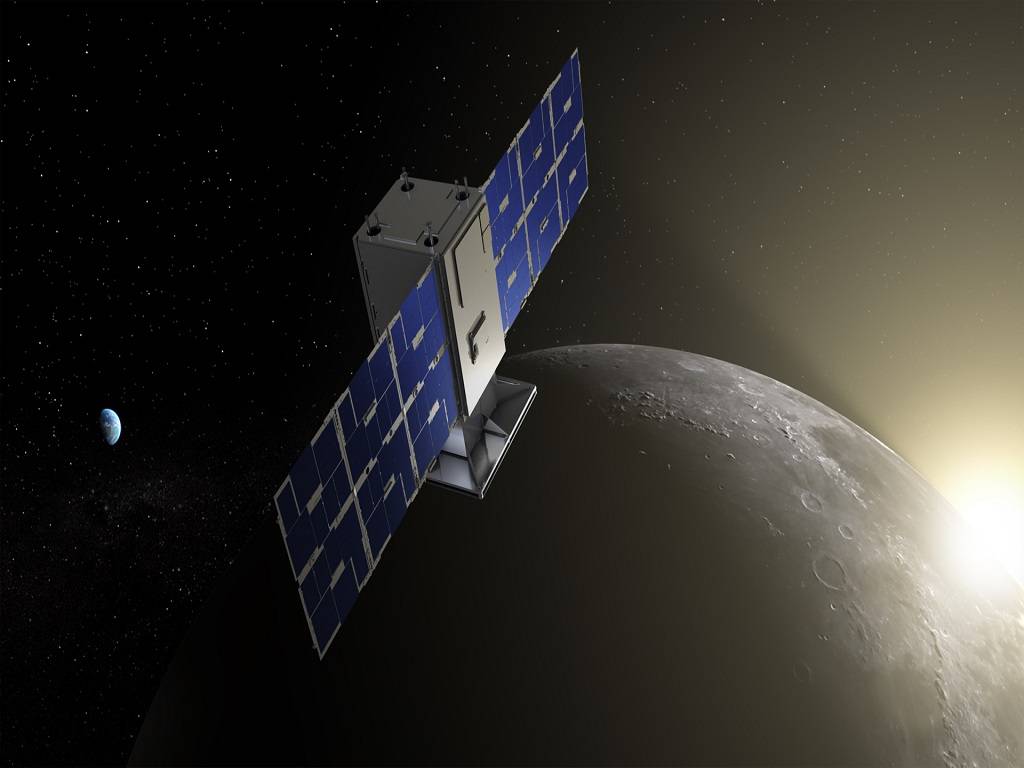
The Capstone satellite has already had a unique trip. Rocket Lab launched it six days ago from New Zealand's Mahia Peninsula in one of their tiny Electron rockets. The spacecraft will take another four months to reach the moon since it uses very little energy.
Rocket Lab founder Peter Beck told a news agency that putting his joy into words was difficult.
"It'll probably take some time to sink in." "It's been a two-and-a-half-year effort that has been enormously, terribly tough to accomplish," he remarked. "Seeing it all come together tonight and seeing the spaceship on its journey to the moon is simply spectacular."
Beginning of a New Era of Space Exploration
Beck believes the mission's cheap cost — $32.7 million (approximately Rs. 260 crore) — heralds the start of a new age in space exploration.
"There is now a rocket and a spaceship that can carry you to the Moon, asteroids, Venus, and Mars for tens of millions of dollars," Beck added. "It's a crazy skill that has never existed before."
If the rest of the mission goes well, the Capstone satellite will be the first to enter a novel orbit around the moon known as a near-rectilinear halo orbit: a stretched-out egg shape with one end of the passing close to the moon and the other far from it.
NASA eventually wants to launch a space station dubbed Gateway into orbit, from which people will be able to descend to the moon's surface as part of the Artemis mission.
Beck said that the new orbit saves fuel and allows the satellite — or a space station — to maintain regular touch with Earth. On Monday, the last engine explosion released Photon from Earth's gravitational influence and sent the spacecraft on its way.
The 25kg satellite will significantly exceed the moon before falling back into the new lunar orbit on November 13.
The satellite will consume very little fuel to perform a few scheduled course changes along the way. Beck stated that they will determine what to do with Photon, which had performed its mission but still had some fuel remaining in the tank, in the following days. "There are a lot of very unique tasks we can do with it," Beck added. NASA collaborated on the project with two commercial companies: Rocket Lab, situated in California, and Colorado-based
















